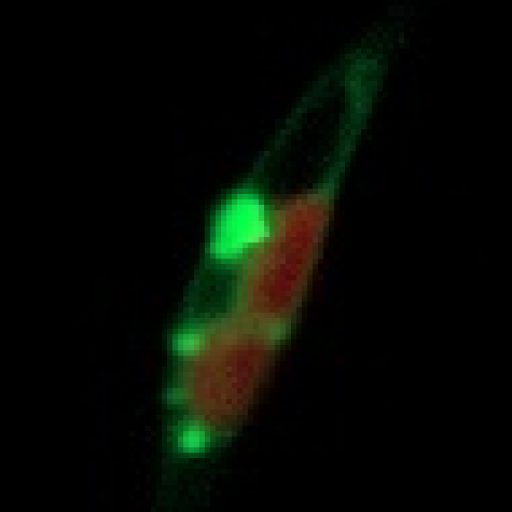General Research Overview and Importance
The life we experience is almost completely dependent on photosynthesis. It provides the oxygen we require for respiration along with the energy and carbon skeletons we require to run our metabolism. The Peers laboratory is interested in how photosynthesis is regulated at the cellular and organismal level to run efficiently in the face of a changing environment. Primarily we are interested in how algae and cyanobacteria respond to changes in light fluxes – the energy that drives photosynthesis.
Current projects in the lab are focused around the mechanisms that algae, plants and cyanobacteria use to tune the photosynthetic reactions to either utilize light energy or dissipate excess light energy and avoid cellular damage. Photosynthetic organisms that produce oxygen need to do this because full sunlight provides more energy than can be used by their metabolism. Imagine an electrical circuit that receives too much current – wires would overheat, sparks would occur and the system could cease to function. An analogous situation would occur if the photosynthetic reactions could not dissipate excess energy.
If we better understand these processes, we may be able to breed or engineer plants and algae to be better harvesters of light, producing better crops for agriculture.
Specific Introduction of Research Interests
Our current research projects are motivated by a goal to increase the rates of photosynthesis in algae and cyanobacteria, which could be a sustainable source of feed for agriculture, biofuel feedstock and nutraceuticals.
We are focused on using forward and reverse genetic approaches to find new molecular players associated with energy dissipation, proteins that regulate photosynthesis at the physiological and genetic level and novel pathways associated with carbon partitioning in the cell. We use model organisms from three evolutionarily distinct groups: green algae (which are related to plants), diatoms (which are dominant algae in the world’s oceans), and cyanobacteria.
Understanding the photo-physiology of our study organisms is an important aspect of our work. To that end, we employ several techniques to measure the loss of energy through biophysical processes such as Non-Photochemical Quenching (NPQ) and the loss of energy from electron transport chains (Alternate Electron Transport – AET). Surprisingly, most of the energy lost from photosynthesis is from these two processes. We investigate how these processes are turned on and off by the cell, and strive to discover which proteins are involved in their activity.
We currently are using a combination of transcriptomics, proteomics and metabolomics to direct our discovery and engineering efforts. For instance, we have investigated the response of Phaeodactylum tricornutum, a marine diatom, to shifting light levels. This has revealed target genes that are involved in photosynthetic pigment production (including one that is showing promising anti-cancer activity by other research groups) and also suggests surprising catabolic pathways for the breakdown of lipids during growth in low light and in the dark.
Sound interesting? Then please read more about the specifics of our work on our People tab or check out some of our recent publications.

